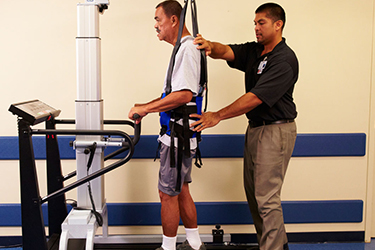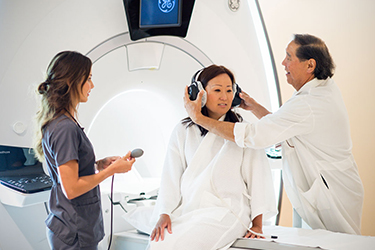The term “hip dysplasia” means that the hip joint is the wrong shape, or that the hip socket is not in the correct position to completely cover and support the femoral head. This causes increased force and abnormal wear on the cartilage and labrum.
Doctors use different terms for hip dysplasia, depending on severity and time of occurrence. These names include:
- Developmental dislocation or dysplasia of the hip (DDH).
- Hip dislocation.
- Acetabular dysplasia.
- Congenital dislocation of the hip (CDH).
Signs and Symptoms
The first sign of hip dysplasia is pain in the hip and/or a limp. In some occurrences, a “clicking” or “popping” sound may be present.
Symptoms at first may be mild and occur from time to time. However, there may be an increase in frequency and intensity as dysplasia becomes more severe, resulting in a limp.
A limp without any pain may be caused by weak muscles, limited flexibility of the hip joint, or bone deformity.
Treatment Options
Infant
- Pavlik harness.
- Fixed brace such as a Rhino abduction orthosis.
- Surgery, including closed or open reduction of the hip and a body cast.
Adolescent or Adult
- Weight loss.
- Lifestyle modification.
- Joint injections.
- Specialized physical therapy.
- Peri-acetabular osteotomy (PAO) – surgery to cut pelvic bone to reorient the socket.
- Arthroscopic hip surgery – minimally invasive surgery to treat the cartilage injury in the hip.


